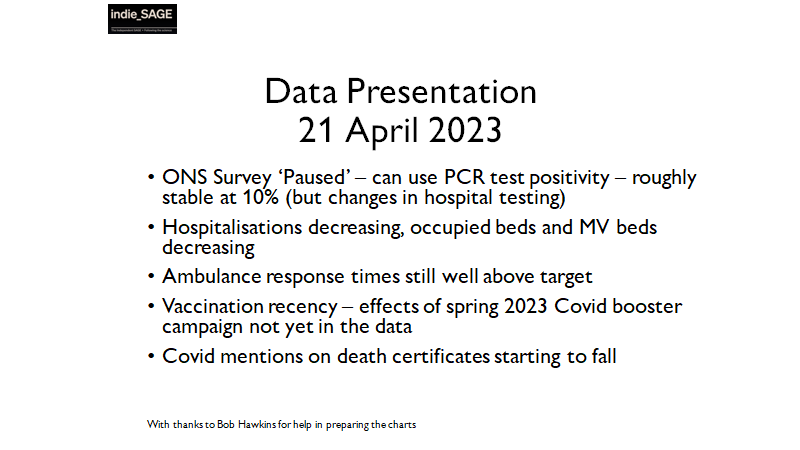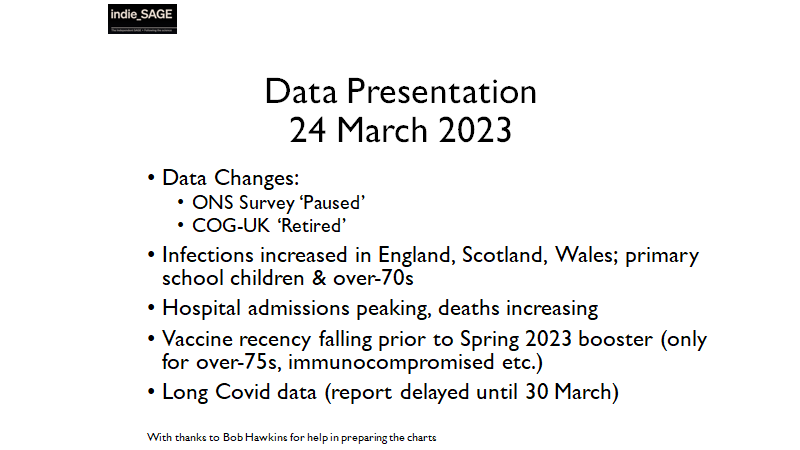I am concerned about the UK Government’s approach to social distancing. A Thread #covidー19uk #SocialDistancing
The real problem with Coronavirus Covid-19 is that when the health service becomes overloaded, the death rate goes up significantly. So, it is imperative that we keep the number of cases at any one time below or as near as possible to NHS capacity.
The Government’s model relies on shifting the peak. I am not clear that we are doing this fast enough. We are an outlier compared to other countries in our social distancing policy response.
There is a tension between epidemiologists – those who study how diseases spread (a very established science started around the time of the Spanish Flu 100 years ago), and behavioural scientists who study how people behave and react.
Epidemiologists have models validated against past pandemics. Behavioral scientists do not.
There are economic and social costs of social distancing. But if you delay social distancing too much, there are potentially very real human costs in increased mortality. Doctors will need to make very difficult moral decisions on who to treat and who not to treat.
I do not understand why, if the intention is to create herd immunity, why we are not isolating our vulnerable population, especially those in care homes.
Behavioral insights are great when you are trying to get people to pay their tax bills on time. And if people don’t, it doesn’t really matter.
With a pandemic, if you get the timing wrong, more people die unnecessarily. Then you look back from your computer and say, yes, we got that behavioral model wrong while doctors and nurses on the front line are exposed to extra cases that could put their own lives at risk.
And here's an interview I gave on BBC Local Radio @BBCLeicester - have a listen - it starts at 42:00
bbc.co.uk/sounds/play/p0…
bbc.co.uk/sounds/play/p0…
• • •
Missing some Tweet in this thread? You can try to
force a refresh




















